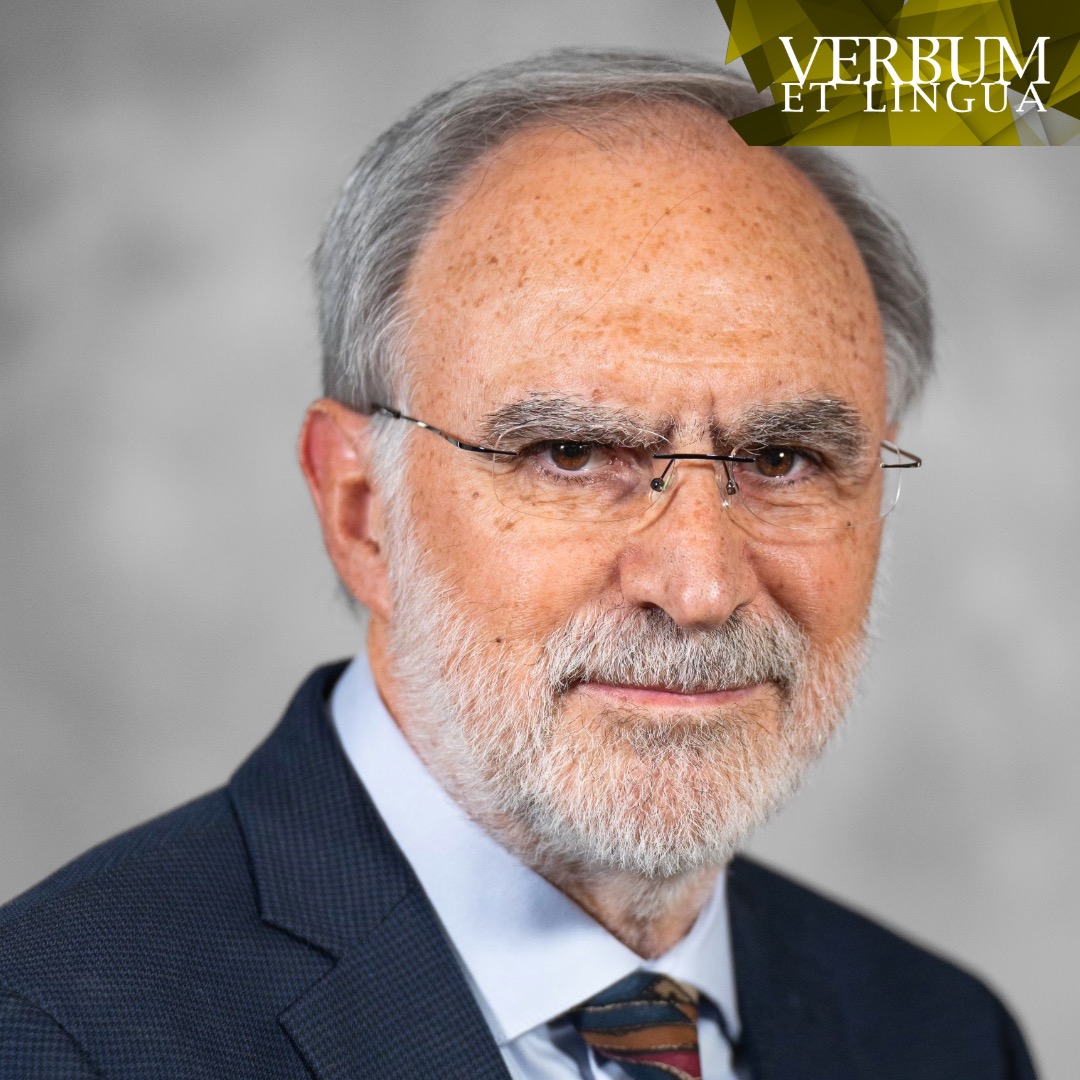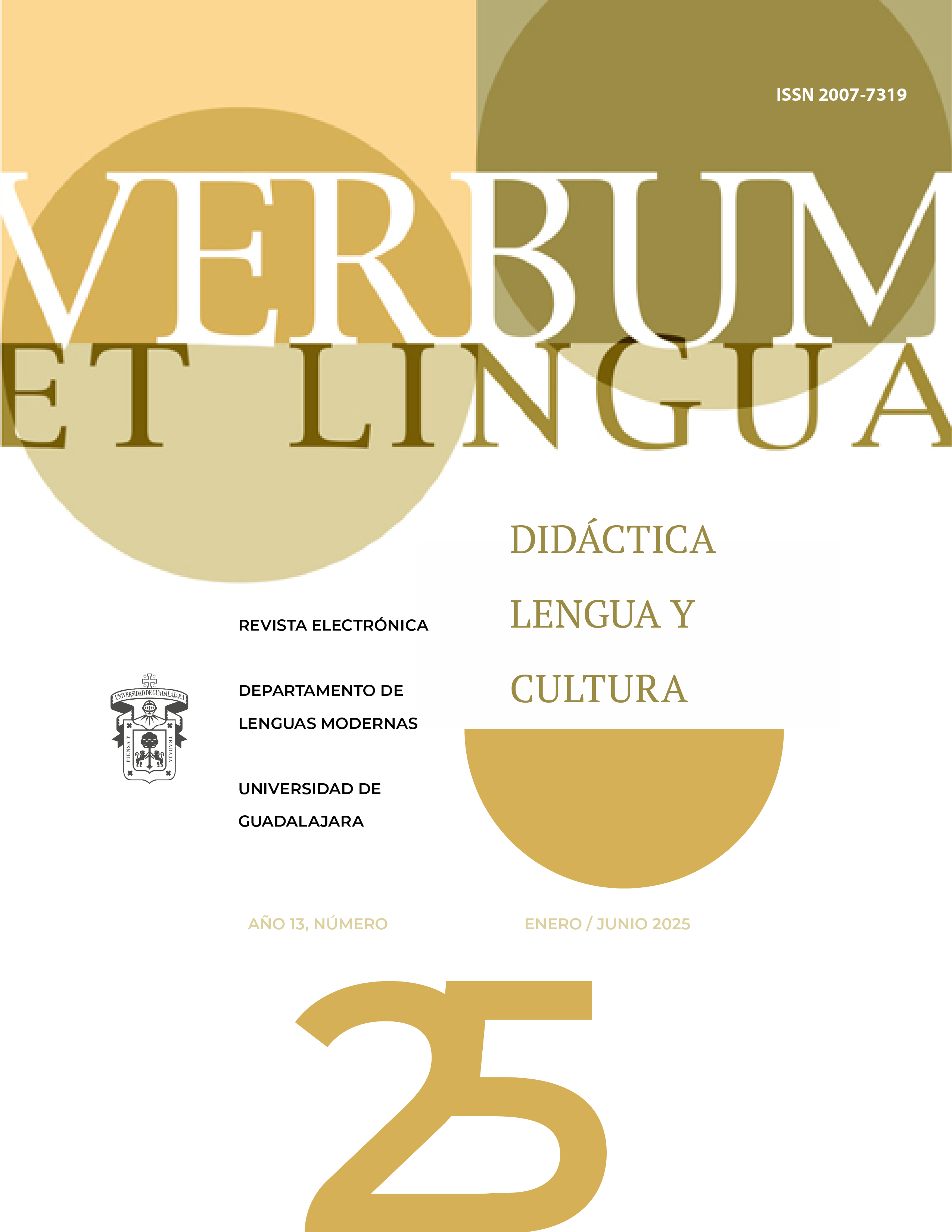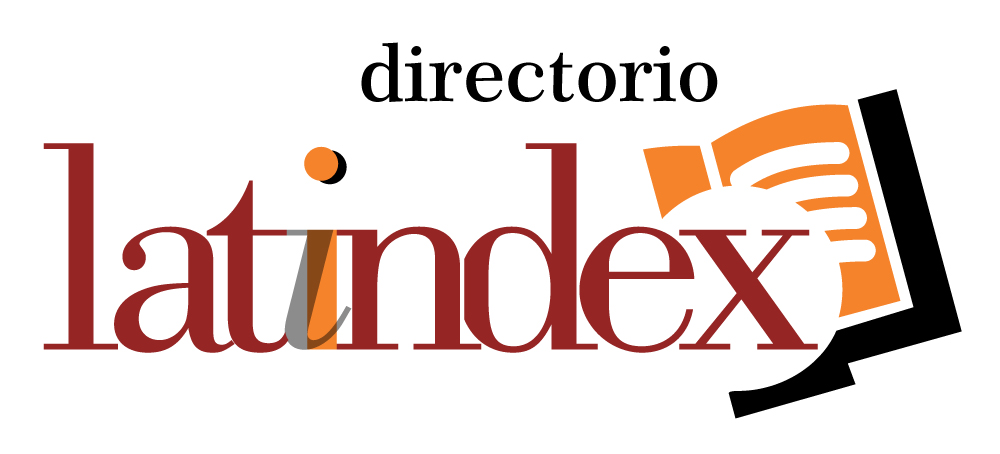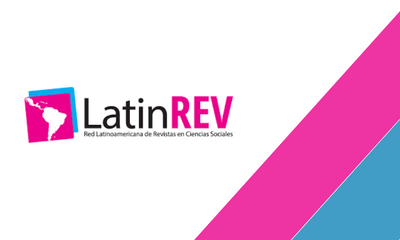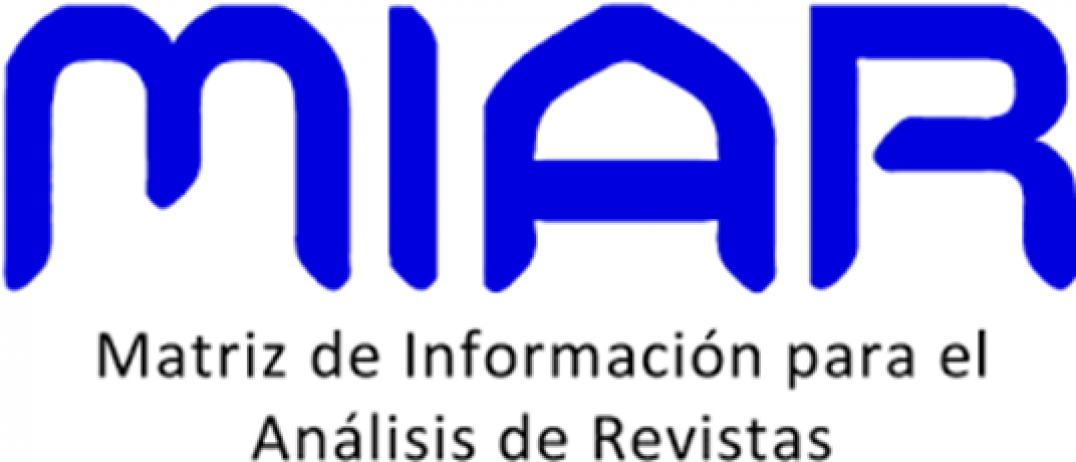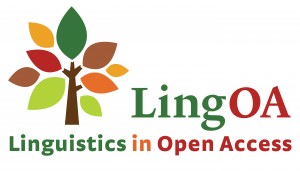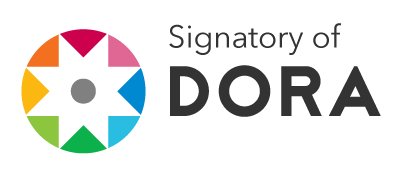El Español de los Estados Unidos. Parte 2: Perspectivas Educativas de una Lengua de Herencia
DOI:
https://doi.org/10.32870/vel.vi25.284Parole chiave:
español como lengua de herencia, hablantes de herencia, enfoques pedagógicos, bilingüismoAbstract
En el presente artículo se discuten los aspectos pedagógicos relacionados con la enseñanza del español como lengua de herencia en los Estados Unidos. Después de una breve introducción en la que se incluyen algunas definiciones fundamentales, se explican las principales diferencias entre la adquisición de una segunda lengua y una lengua de herencia, seguidas de una breve reseña histórica de los programas de español como lengua heredada en los Estados Unidos. Luego, se presenta una descripción de las clases que se ofrecen en estos programas con los enfoques educativos y las principales estrategias pedagógicas que se siguen en el aula. El artículo enumera una serie de desafíos con los que se enfrenta la enseñanza de la lengua de herencia (LH) para que el español pueda mantenerse en el futuro como lengua de la comunidad y termina con el cuestionamiento sobre qué variedad del español enseñar en el aula y cómo hacerlo. El artículo concluye enfatizando lo acertado de los esfuerzos que hacen los especialistas en el área de la enseñanza del español, pues permiten ver con optimismo el futuro del español en este territorio.
Downloads
Metriche
Downloads
Pubblicato
Versioni
- 2024-12-31 (5)
- 2024-12-31 (4)
- 2025-01-01 (3)
- 2025-01-01 (2)
- 2024-12-31 (1)


